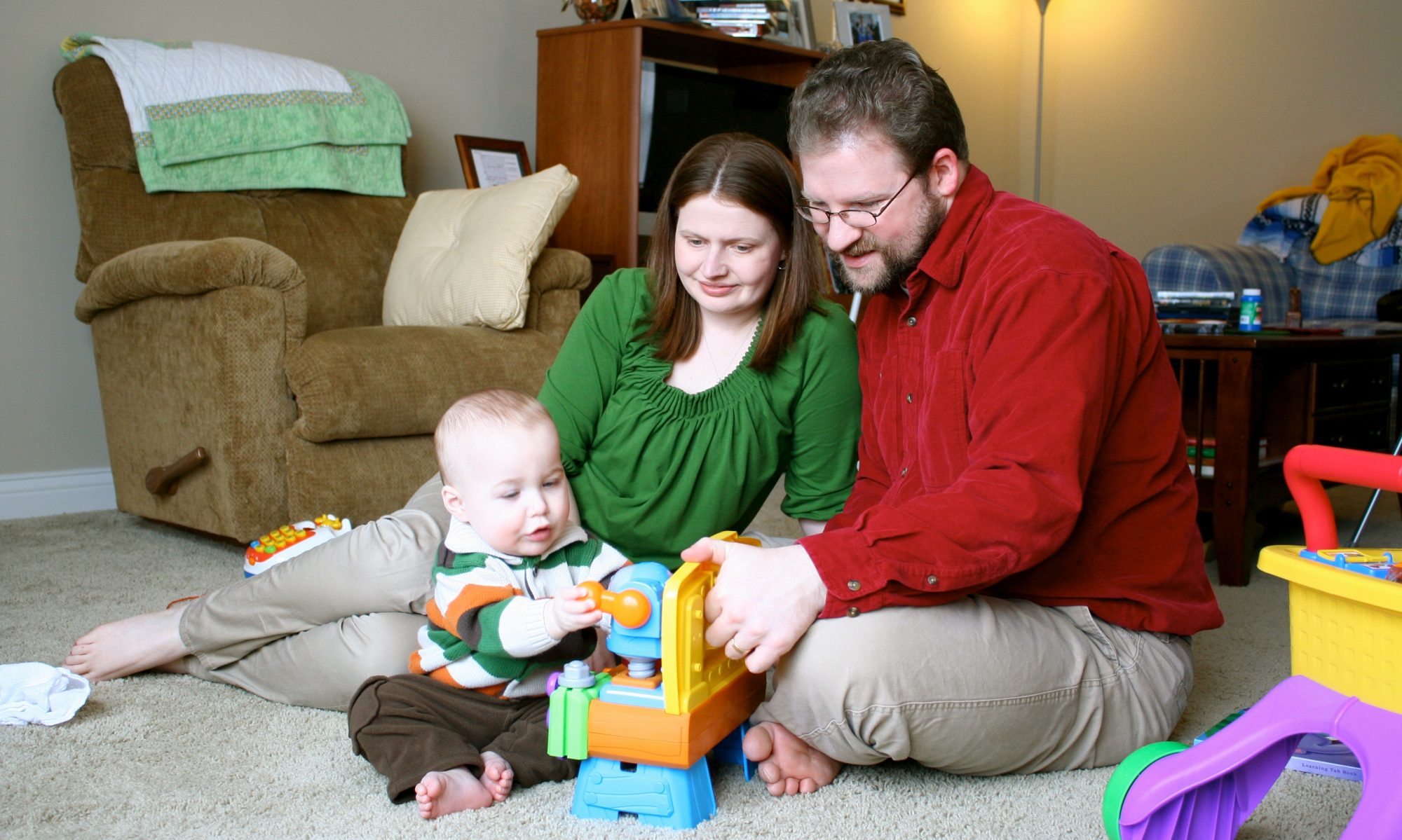Regular readers of this blog will be aware that we were matched with a birth mother.
The baby was born Tuesday morning, but the birth mother decided this morning that she was going to parent the baby instead of going through with the adoption plan. Apparently, she had a friend stop by late last night who offered her an “option” — taking in her and the baby — where before she had seen none. We are still very upset of course, but are now trying to work through this loss.
This is a great time to point out the fragility of adoption. One of the reasons we keep adoption information so close to the belt is that there are too many ways that an adoption plan can fall apart, and all the counseling in the world cannot prevent that. While we are sure we would have made great parents for this child, we have to just pray that the birth mother is able to work through her challenges to be a good parent to this child; meanwhile, we have to grieve so that we can move on to the next adoption opportunity. We remain convinced that we will eventually be great parents to a wonderful child, it is just a matter of waiting for God’s plan to unfold in God’s time. (We just wish God would share a bit more of the plan with us so we can prepare ourselves better).
So please just be aware and sensitive of this around us in the near term, as we begin the adoption process once again.
Thank you,
Chip and Kristina
